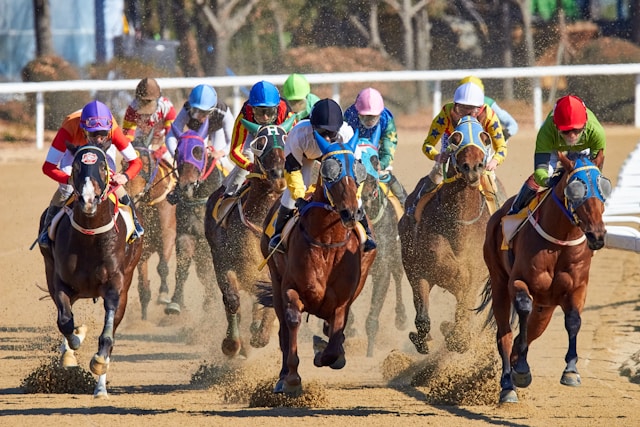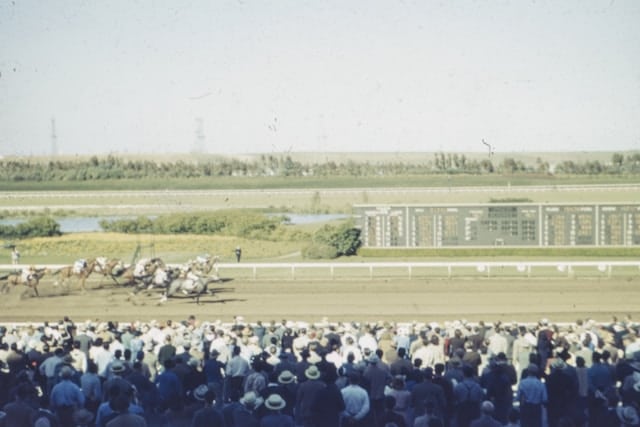Understanding horse racing form as a newcomer to horse racing, relying on tips isn’t enough. You need to delve deeper into the form, which is essentially a record of a horse’s previous performances, as well as that of the jockey and trainer.
By using this, you can pick out potential winners others may have overlooked. Below, we give a quick guide on how to understand horse racing form.
Information on the Horse
The first batch of information you will find on a racecard is information on the horse itself. These are the general things you need to know as you go into a race, such as the runner’s number.
It will also show the colour of the jockey’s silks, both of which you can use to easily locate a horse during the race.
It will also tell the horse’s age, any headgear it is wearing, and the weight it will carry.
Crucially, this is the area where you will find the official rating which is the first real indicator of form. This rating will rise when a horse wins races and places, but decline when it doesn’t.
Thus, it can be used to get a general indication of how good a horse is and will be used by bookmakers in their odds decision process.
Races will only accept horses within certain rating brackets, to keep similar ability runners together. It is also used by the handicappers to set how much weight a horse will carry.

Reading the Form
The form of a horse will be shown next to its name. At first glance, it may resemble a phone number with an odd letter placed in it. However, this seemingly random collection of numbers is the horse’s previous results. They are placed left to right in chronological order, showing the horses standing in that race. There are also a few other items of information you need to know.
P – Pulled up. The horse was stopped by the rider from finishing the race.
F – Fell. The horse stumbled in the race and was taken out of the run.
R – Refused. The horse refused to run.
UR -Unseated Rider. The rider fell off the horse.
BD – Brought Down. Another horse caused the animal to fall.
You may also see hyphens in the information. This shows that a season has passed. A forward slash indicates two seasons have passed.
Some form guides will have the following symbols. They are useful as they can help you understand how a horse performs on the current track and pick out a winner in the horse racing betting.
Course – It has won on the course before
Distance – It has won over this distance before
CD – It has won on the course and over the distance
BF – Beaten favourite. This indicates it was the favourite for a race but did not win.
This data is just statistical information and still requires more research. For example, a horse that has won its last three races may have done so at shorter distances or even in lower grade races.
You may find horses that have been pulled up, for example, they have been done so to be saved for bigger races by the jockey or stable. Thus, form is just a small indicator of potential.




